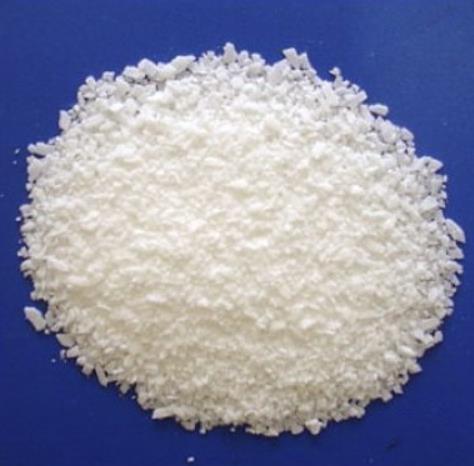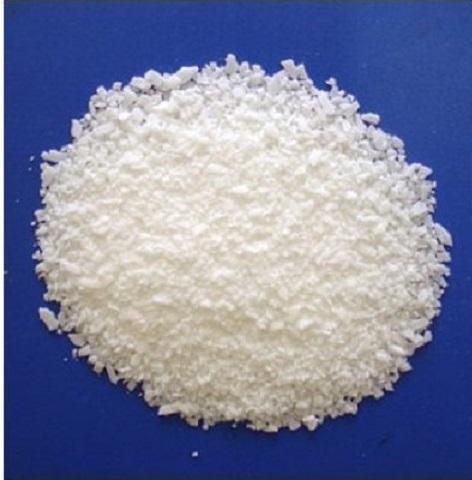Lauric Acid: Properties, Uses, and Storage Methods
Introduction
Lauric acid, also known by its systematic name dodecanoic acid, is a saturated fatty acid with the chemical formula C12H24O2. It is a white, powdery solid with a faint odor of bay oil or soap. Lauric acid is particularly notable for its role in the production of soaps and cosmetics due to its excellent surfactant properties. Additionally, it has significant implications in the pharmaceutical and food industries, making it a compound of great interest.
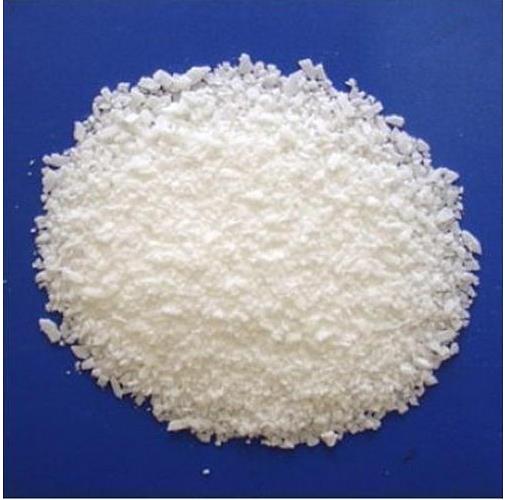
Figure 1 Characteristics of Lauric acid
Properties
Lauric acid exhibits several unique physical and chemical properties that make it valuable across various applications. It has a molecular weight of 200.32 g/mol, a melting point of around 44 °C, and a boiling point of approximately 298 °C. Lauric acid is relatively insoluble in water but soluble in organic solvents such as ethanol, ether, and chloroform.
Chemically, lauric acid is characterized by a twelve-carbon chain terminating in a carboxylic acid group. This structure contributes to its amphiphilic nature, enabling it to act as a surfactant. Its medium-chain length also endows it with properties distinct from short-chain and long-chain fatty acids, such as a higher melting point and different metabolic pathways in biological systems.
Main Components
The primary fatty acid of coconut oil is lauric acid, which is present at approximately 45–53 %. The metabolic and physiological properties of lauric acid account for many of the properties of coconut oil. Coconut oil is rapidly metabolized because it is easily absorbed and lauric acid is easily transported. Detailed studies have shown that the majority of ingested lauric acid is transported directly to the liver where it is directly converted to energy and other metabolites rather than being stored as fat. Such metabolites include ketone bodies, which can be used by extrahepatic tissues, such as the brain and heart, as an immediate form of energy. Studies on the effect of lauric acid on serum cholesterol are contradictory. Among saturated fatty acids, lauric acid has been shown to contribute the least to fat accumulation. Lauric acid and monolaurin have demonstrably significant anti-microbial activity against gram positive bacteria and a number of fungi and viruses. Today there are many commercial products that use lauric acid and monolaurin as antimicrobial agents. Because of the significant differences in the properties of lauric acid relative to longer chain fatty acids, they are typically differentiated as medium-chain fatty acids covering C6–C12, and long-chain fatty acids covering C14 and longer.1
Uses
Industrial Applications
Lauric acid is extensively used in the soap and detergent industry due to its ability to produce a rich, foamy lather. It acts as a key ingredient in the formulation of anionic and nonionic surfactants, which are essential components in household cleaning products. Its antimicrobial properties also make it valuable in personal care products, such as shampoos, body washes, and facial cleansers.
Pharmaceutical Applications
In the pharmaceutical industry, lauric acid is used as an excipient in the formulation of various drug delivery systems. Its ability to enhance the solubility and bioavailability of hydrophobic drugs is particularly beneficial. Moreover, lauric acid exhibits antimicrobial and antiviral properties, making it a potential candidate for treating infections caused by bacteria, viruses, and fungi.
Food Industry
Lauric acid is utilized in the food industry as a food additive and preservative. It is included in the formulation of various food products to enhance texture, stability, and shelf life. Additionally, lauric acid's role in the production of medium-chain triglycerides (MCTs) is significant, as MCTs are widely used in dietary supplements and therapeutic diets for their rapid absorption and metabolism.
Biotechnological Applications
In biotechnology, lauric acid serves as a substrate for the production of biodegradable polymers and biofuels. Its role in the synthesis of lauroyl derivatives, which are used in the production of environmentally friendly plastics, highlights its importance in sustainable development.
Storage Methods
Proper storage of lauric acid is crucial to maintain its quality and efficacy. Lauric acid should be stored in a cool, dry place away from direct sunlight and moisture. It is typically stored in airtight containers made of materials resistant to chemical corrosion, such as stainless steel or high-density polyethylene (HDPE). Ensuring a stable storage environment helps prevent the oxidation and degradation of lauric acid, thus preserving its beneficial properties.
References
[1]Dayrit, Fabian M. "The properties of lauric acid and their significance in coconut oil."Journal of the American Oil Chemists' Society92 (2015): 1-15.
[2]Denke, Margo A., and Scott M. Grundy. "Comparison of effects of lauric acid and palmitic acid on plasma lipids and lipoproteins."The American journal of clinical nutrition56.5 (1992): 895-898.
Related articles And Qustion
See also
Lastest Price from Lauric acid manufacturers
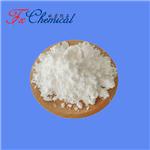
US $0.00/KG2025-04-21
- CAS:
- 143-07-7
- Min. Order:
- 25KG
- Purity:
- 98%min
- Supply Ability:
- 30tons/month
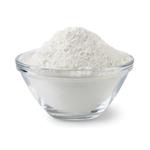
US $14.00/kg2025-04-21
- CAS:
- 143-07-7
- Min. Order:
- 1kg
- Purity:
- 0.99
- Supply Ability:
- 10000

